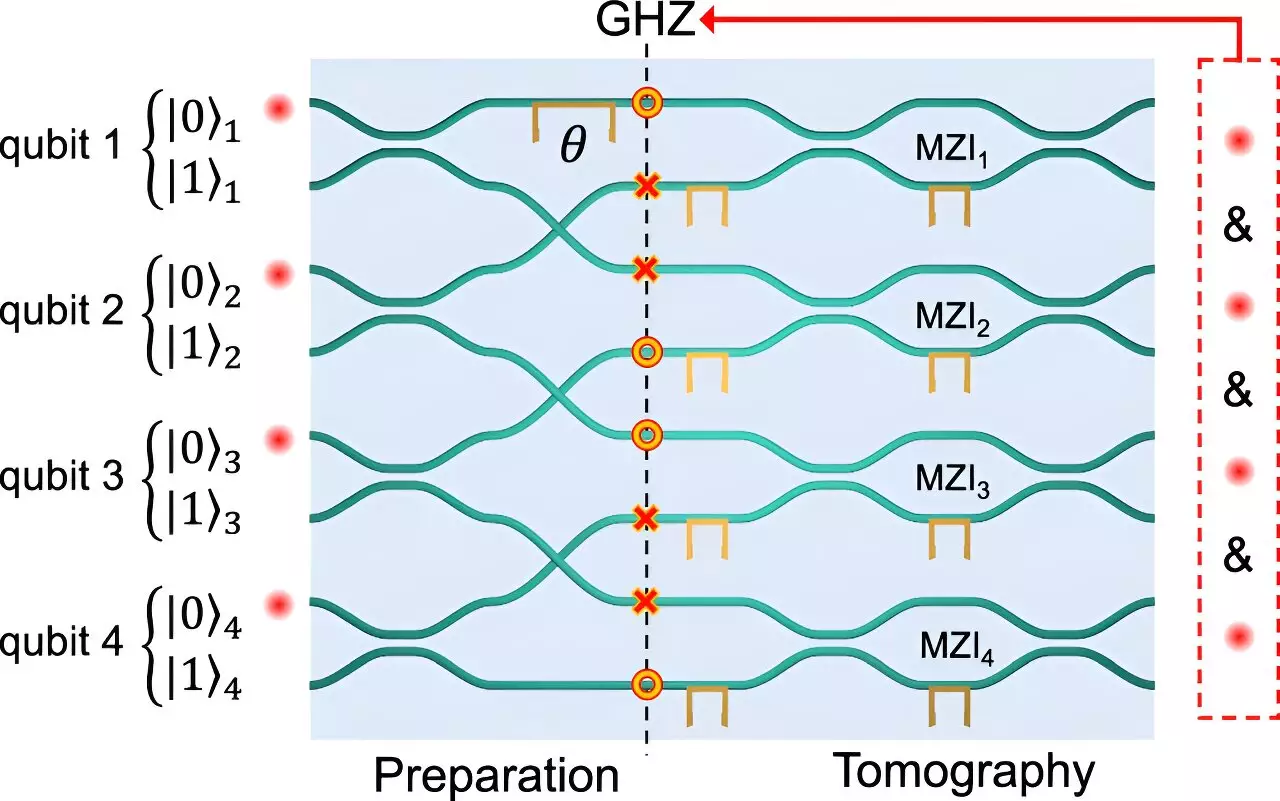Traditional encryption methods fundamentally rely on complex mathematical algorithms that, while robust, are ultimately vulnerable to the impending capabilities of quantum computing. In contrast, quantum encryption leverages the principles of quantum mechanics to secure data transmission, providing a level of security impossible to achieve with classical methods. The core difference lies in the behavior of quantum states—any attempt to measure or interfere with these states results in an alteration of their form, thus alerting users to potential espionage. As quantum technology advances, the urgency to develop protocols that can withstand this quantum onslaught becomes critical.
The stark reality of quantum computing’s rise is alarming; it can potentially crack strong encryption methods in a matter of seconds, whilst classical supercomputers would require millennia. This stark contrast drives home the importance of transitioning towards quantum security protocols. The quote from Paulo Henrique Dias Ferreira, a researcher at the Federal University of São Carlos in Brazil, encapsulates this urgency well. Ferreira’s work with entangled four-photon states has shown promising advancements in creating security systems that would remain unaffected by quantum threats.
At the heart of quantum encryption lies the concept of entangled states, specifically the Greenberger-Horne-Zeilinger (GHZ) state, which involves multiple entangled particles. This phenomenon allows for unprecedented levels of synchronization between quantum entities—a concept that doesn’t have an equivalent in classical physics. Ferreira’s collaboration with the Polytechnic University of Milan has yielded significant advancements in this area, particularly in fabricating entangled states using glass photonic circuits. By employing femtosecond laser machining techniques, researchers are able to create intricate 3D waveguides on glass chips, facilitating precise manipulation of photons essential for secure communication.
Technological Innovations and Their Implications
Ferreira’s research has illuminated the importance of technological innovations in the realm of quantum communication. By combining quantum dot technology with photonic circuits, the study presents a potential leap towards more secure and efficient quantum communication systems. The implications of this research go beyond theoretical applications; they open new pathways for practically deploying quantum encryption techniques and ensuring the security of sensitive transactions in an increasingly digital world.
Ferreira effectively explains the significance of entangled states through a relatable analogy involving coins. In traditional terms, tossing four coins results in a variety of combinations—heads and tails showing at random. However, when these coins represent entangled quantum states, the outcome is decidedly more deterministic: upon measuring one coin, all the others reflect the same state. This interconnectedness highlights a unique feature of quantum encryption—once an intrusion is attempted, the state of the quantum particles changes, immediately revealing any tampering. This principle underlies the security mechanisms in quantum secret sharing systems, allowing secure key sharing among multiple participants while maintaining stringent vigilance against unauthorized access.
The Future of Quantum Security in Transactions
The growing prevalence of digital communications exacerbates the need for robust encryption. Ferreira argues convincingly that systems employing GHZ states can not only enhance communication security but also serve as reliable intruder detection systems. Given that any form of interference inevitably alters the quantum state of particles, the potential for immediate detection of breaches becomes a game-changer in securing sensitive data. The move towards integrating quantum systems into our evolving digital infrastructure reflects a necessary shift toward an era of enhanced security.
The combined research efforts in generating high-fidelity entangled states illustrate a significant milestone on the road toward extensive deployment of quantum devices and infrastructure. With ongoing advancements, the potential for quantum encryption systems to traverse into mainstream communications and computing promises a future marked by unprecedented security. The transition to a highly integrated quantum framework could soon redefine norms and enhance trust in digital transactions and communications.
Quantum encryption represents a revolutionary shift in how we approach data security. With the ability to detect any tampering instantaneously through the principles of quantum mechanics, it offers a solution that traditional encryption methods cannot match. As researchers like Ferreira pave the way for advancements in this field, the anticipation for a secure, quantum-based digital future grows. The implications of implementing such technologies are profound, and both industries and individuals must prepare for a new realm of security where current vulnerabilities may finally be resolved.


Leave a Reply